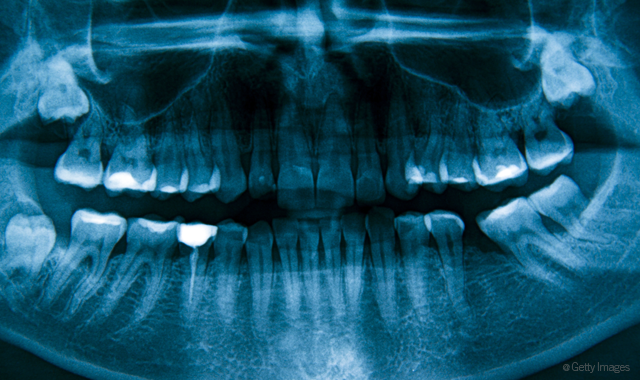Study finds material that could make stronger dental fillings
The search for the perfect material for optimal dental fillings has been ongoing, but now researchers think they may have found the answer. While composite fillings often aren’t strong enough and metal fillings can corrode, a recent study discovered that graphene oxide might make a great alternative to these traditional materials.

The search for the perfect material for optimal dental fillings has been ongoing, but now researchers think they may have found the answer. While composite fillings often aren’t strong enough and metal fillings can corrode, a recent study discovered that graphene oxide might make a great alternative to these traditional materials.
The study examined three graphene-based nanomaterials and their effects on human dental follicle stem cells, particularly the levels of toxicity such materials displayed. In addition to cytotoxicity, researchers other biological effects including oxidative stress induction and cellular and mitochondrial membrane alterations. Out of the three types of materials (graphene oxide, nitrogen-doped graphene and thermally reduced graphene oxide), researchers found that “graphene oxide showed the lowest cytotoxic effect, followed by nitrogen-doped graphene. Thermally reduced graphene oxide exhibited cytotoxic effects.”
“There is contradictory information regarding the cytotoxicity of graphene, so we first wanted to determine how toxic it is for teeth,” said study author Dr. Stela Pruneanu of the National Institute for Research and Development of Isotopic and Molecular Technologies.
According to an Elsevier press release, graphene is 200 times stronger than steel and doesn't corrode, making it an ideal candidate for dental fillings. "The idea of the project was to add graphene into dental materials, in order to increase their resistance to corrosion as well as to improve their mechanical properties," explained Dr. Preneanu.
“We believe that this research will bring new knowledge about the cytotoxic properties of graphene-based materials and their potential applications in dental materials,” said study author Dr. Gabriele Adriana Filip, associate professor at Iuliu Hateiganu University of Medicine and Pharmacy Cluj-Napoca in Romania. “The results were very interesting and proved that graphene is appropriate for use in dental materials.”
More on dental fillings: Study finds watching cement dry could increase dental filling success
“Graphene oxide exhibits good results in terms of low levels of cytotoxicity and mitochondria-induced damage in human dental follicle stem cells,” the study concluded. “This research opens the possibility of future use of graphene oxide as fillers in various dental nanocomposite materials.”
The research team will next test how compatible graphene oxide dental fillings are with teeth, and just how toxic they are to cells. “The interaction of such graphene-based materials with the dental material matrix and their effects on the human dental stem cell will be the subject of our next study,” the study authors wrote. They hope to publish the research soon.
The full study, “Cytotoxicity assessment of graphene-based nanomaterials on human dental follicle stem cells,” was published in Elsivier’s journal Colloids & Surfaces B: Biointerfaces in December 2015.
Oral Health Pavilion at HLTH 2024 Highlighted Links Between Dental and General Health
November 4th 2024At HLTH 2024, CareQuest, Colgate-Palmolive, Henry Schein, and PDS Health launched an Oral Health Pavilion to showcase how integrating oral and general health can improve patient outcomes and reduce costs.
Episode 31: Dentsply Sirona Implant Announcements
September 30th 2021DPR’s Editorial Director Noah Levine sat down with Gene Dorff, Dentsply Sirona’s group vice president of implants and Dr. Dan Butterman to review several big announcements the company made in the arena of implants during Dentsply Sirona World 2021 in Las Vegas.